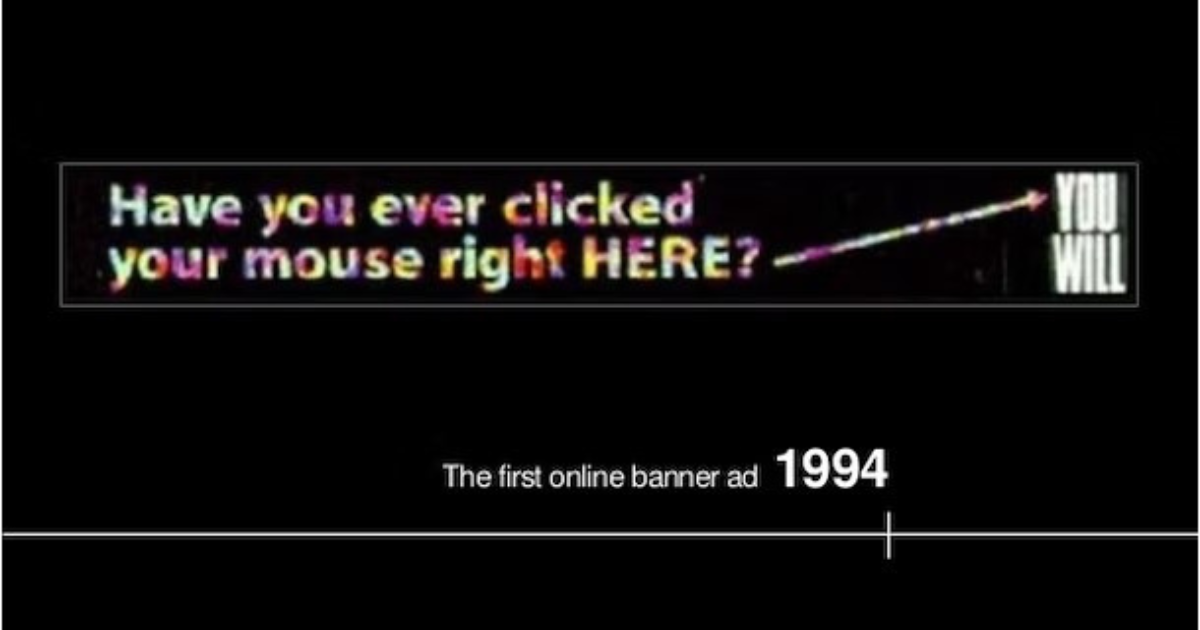
The First-Ever Online Ad: A Blast from the Past
It’s hard to imagine a world without digital advertising, but back in the mid-1990s, it was a brand new concept. The world’s first commercial banner ad was launched on October 27, 1994, on a website called HotWired.com. The ad was created by the telecommunications giant AT&T, and it marked the beginning of a new era of advertising.
The ad featured a simple, straightforward message: “Have you ever clicked your mouse right here? You will.” The ad was placed at the top of the HotWired.com homepage, and it had a small “AT&T” logo in the corner. At the time, this ad was a groundbreaking innovation, and it helped to establish the viability of online advertising.
While the ad was a success, it was not without controversy. Many people felt that advertising had no place on the internet, and they were concerned that the proliferation of online advertising would ruin the user experience. Others argued that online advertising was a necessary evil, and that it was the only way for websites to generate revenue.
Despite the initial skepticism, online advertising quickly became a standard part of the internet experience. As the number of websites and users grew, so did the number of online ads. Today, online advertising is a multibillion-dollar industry that supports the vast majority of websites and digital media.
The success of the first commercial banner ad on HotWired.com paved the way for other online advertising innovations, such as Google’s AdWords program and social media advertising. It also inspired a new generation of entrepreneurs and advertisers to create innovative digital marketing strategies.
The world’s first commercial banner ad on HotWired.com in 1994 was a pivotal moment in the history of online advertising. It marked the beginning of a new era of digital marketing and helped to establish the viability of online advertising. While the ad was not without controversy, it paved the way for a multibillion-dollar industry that supports the vast majority of websites and digital media today.





